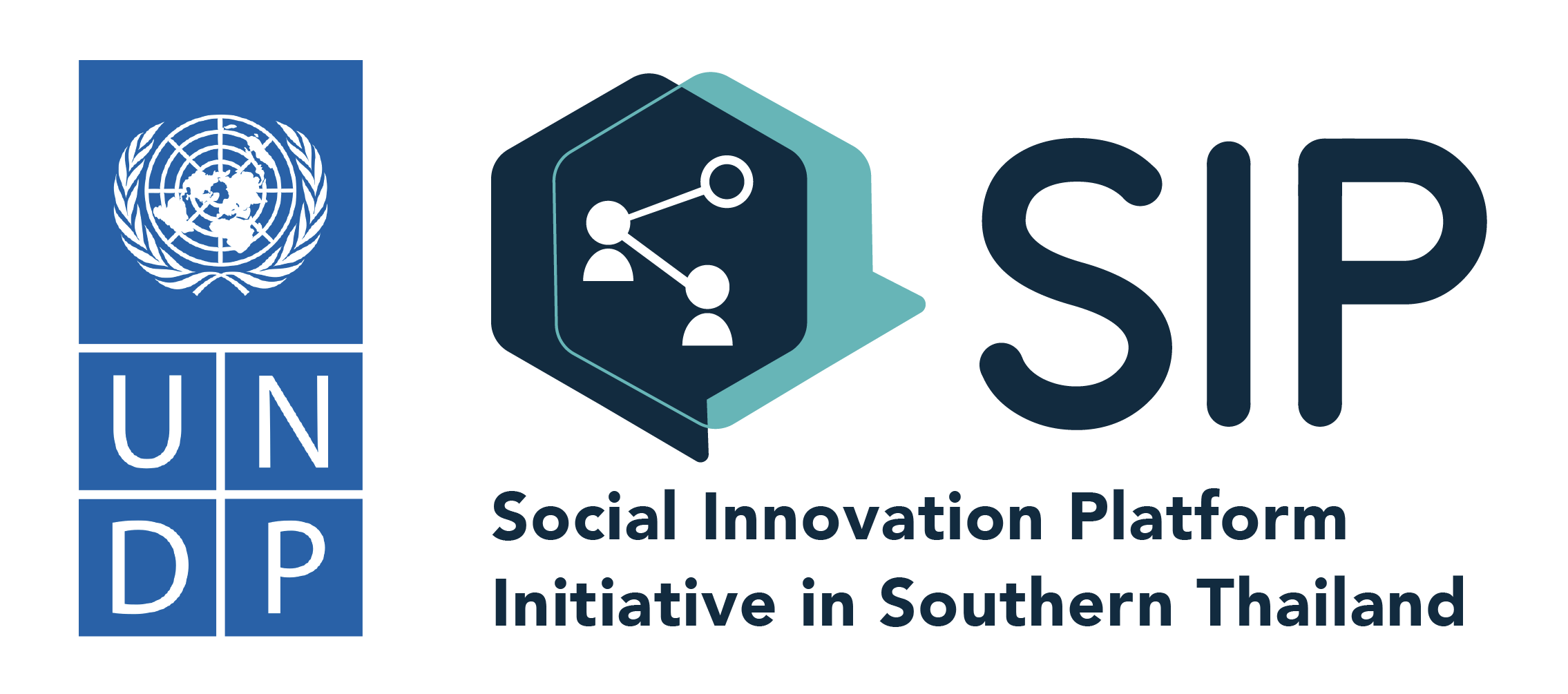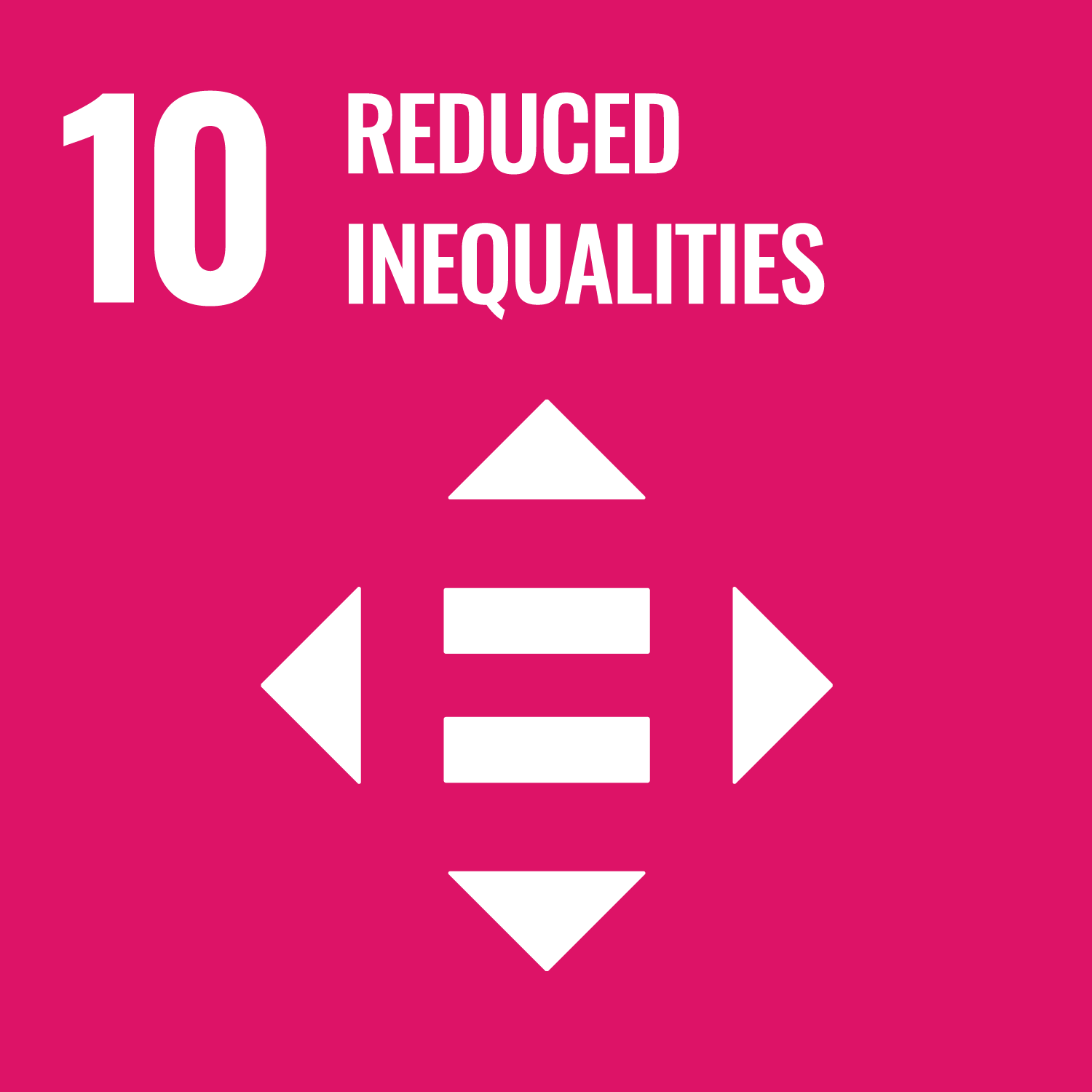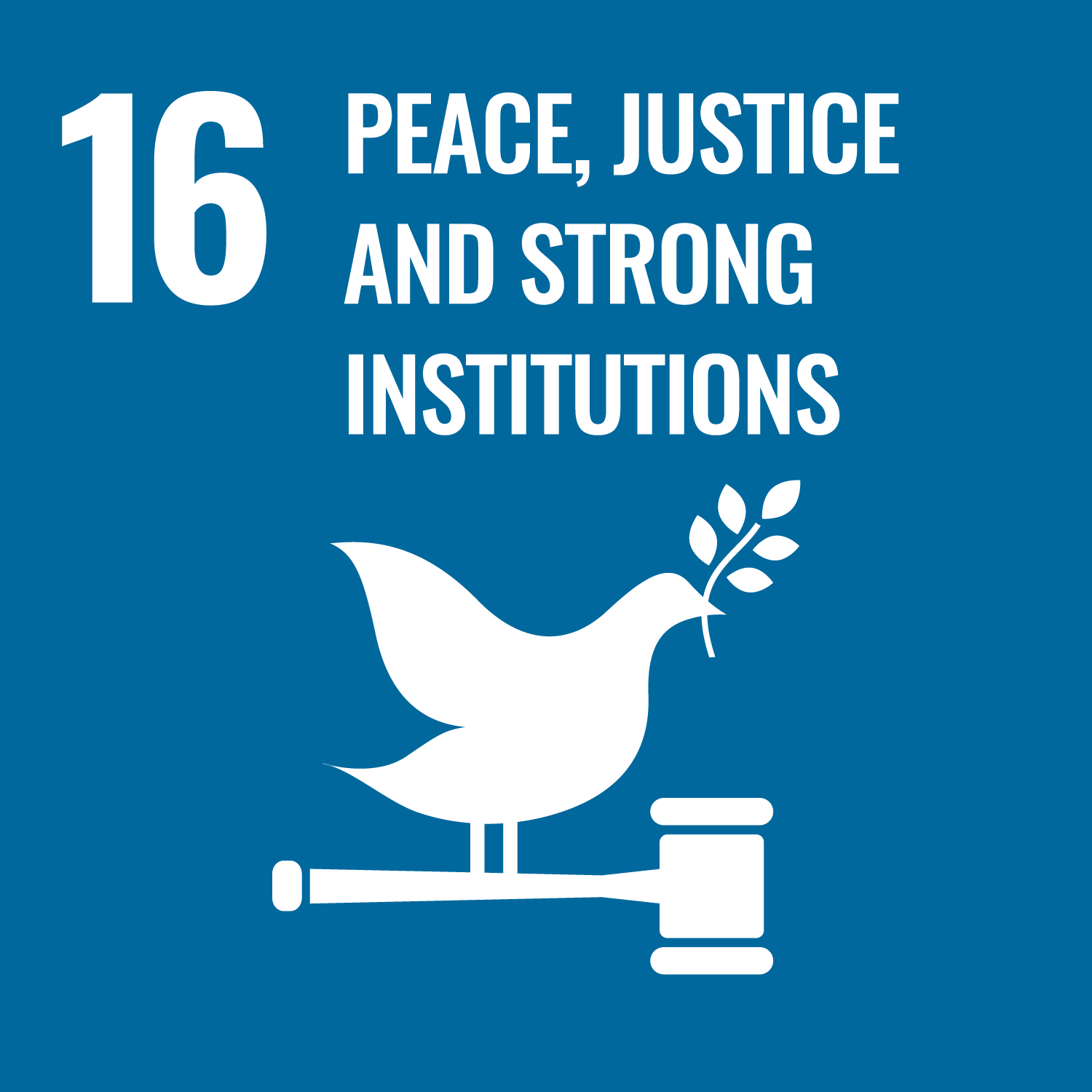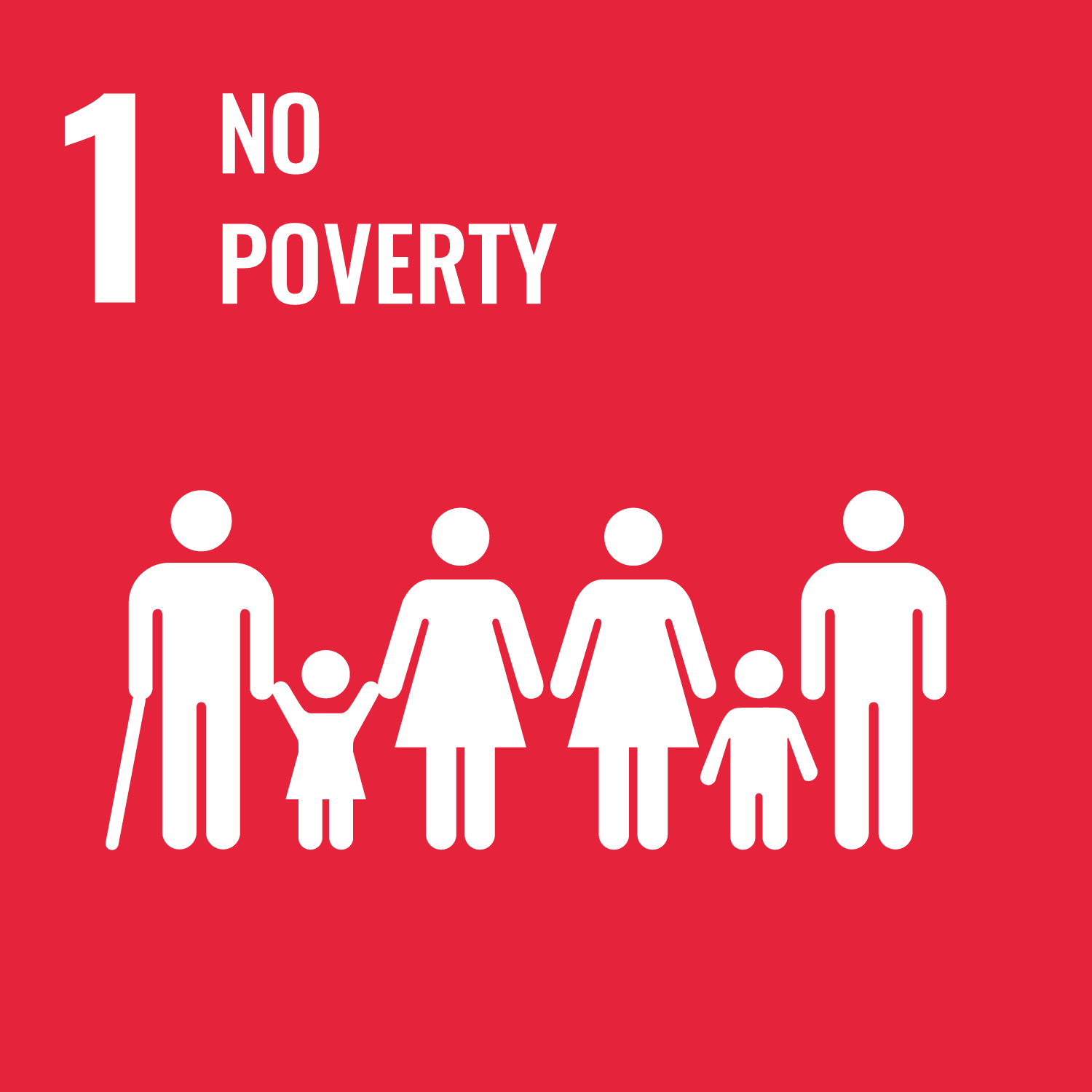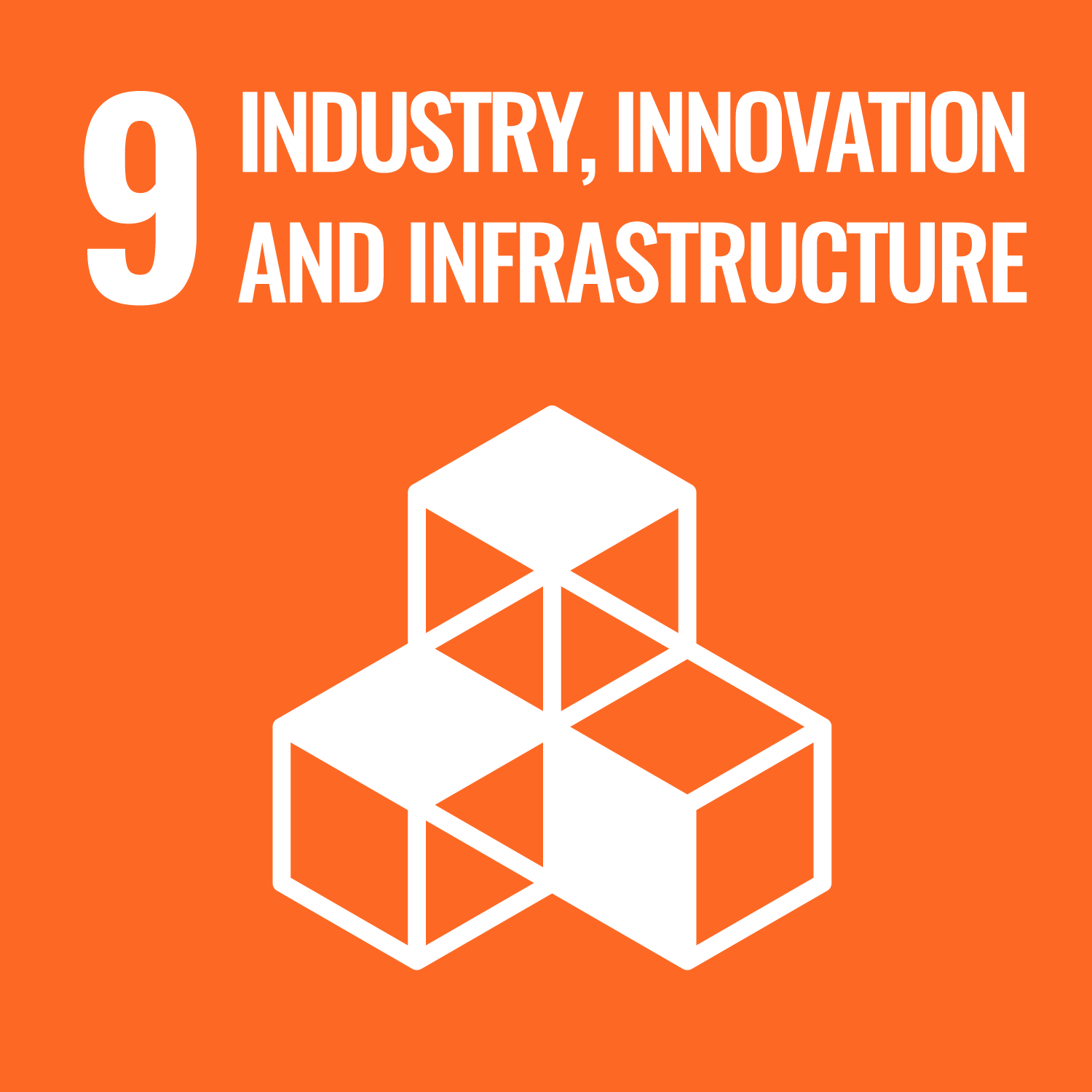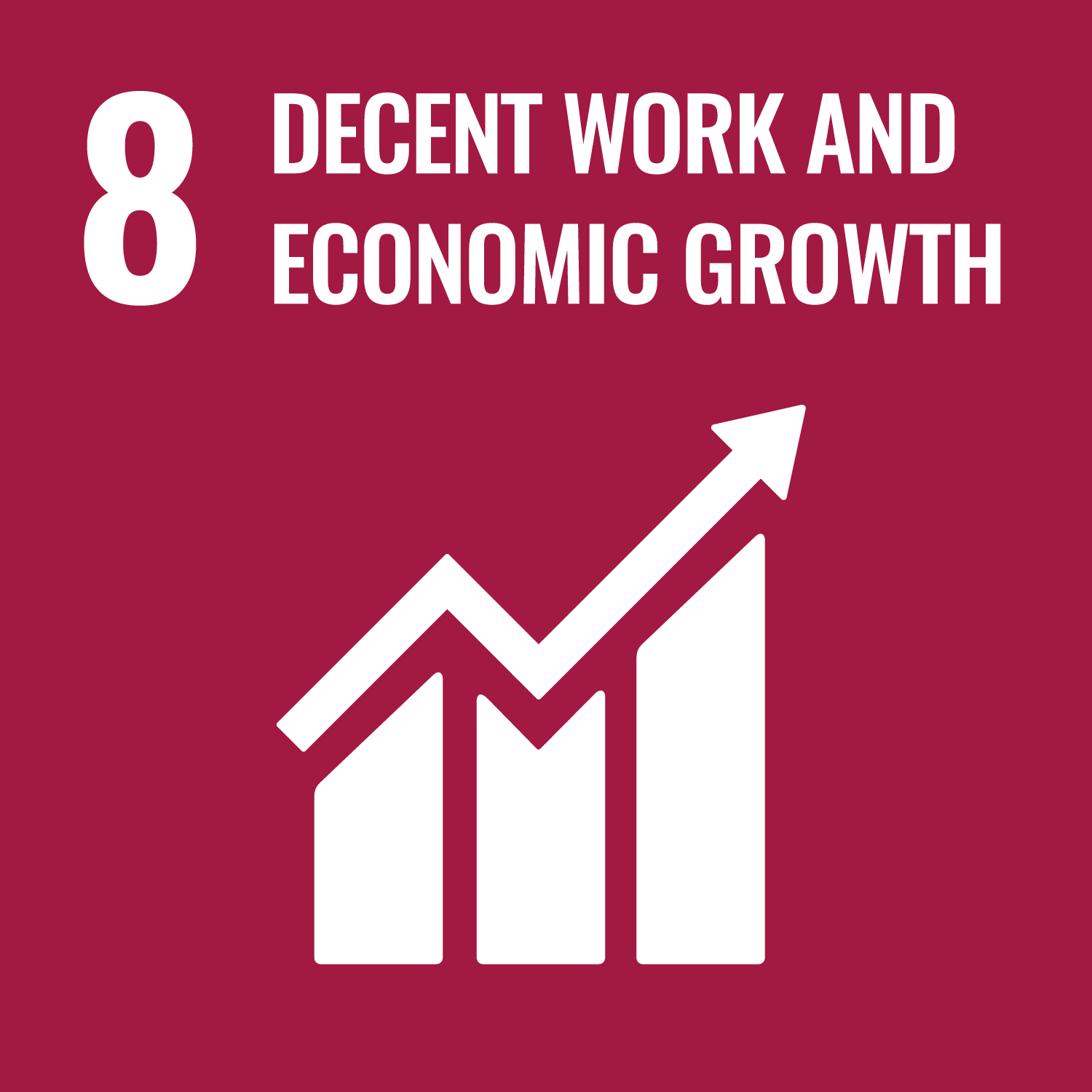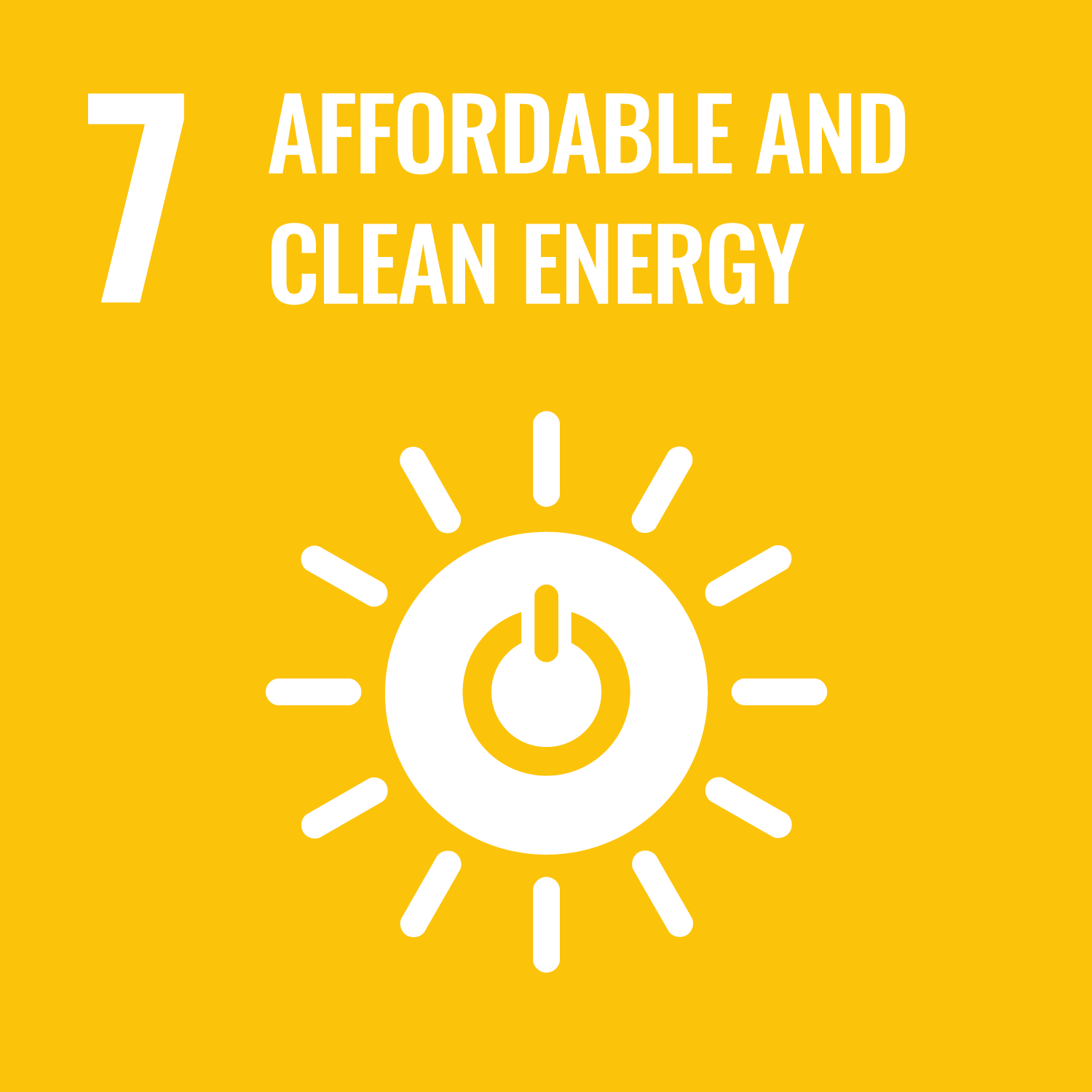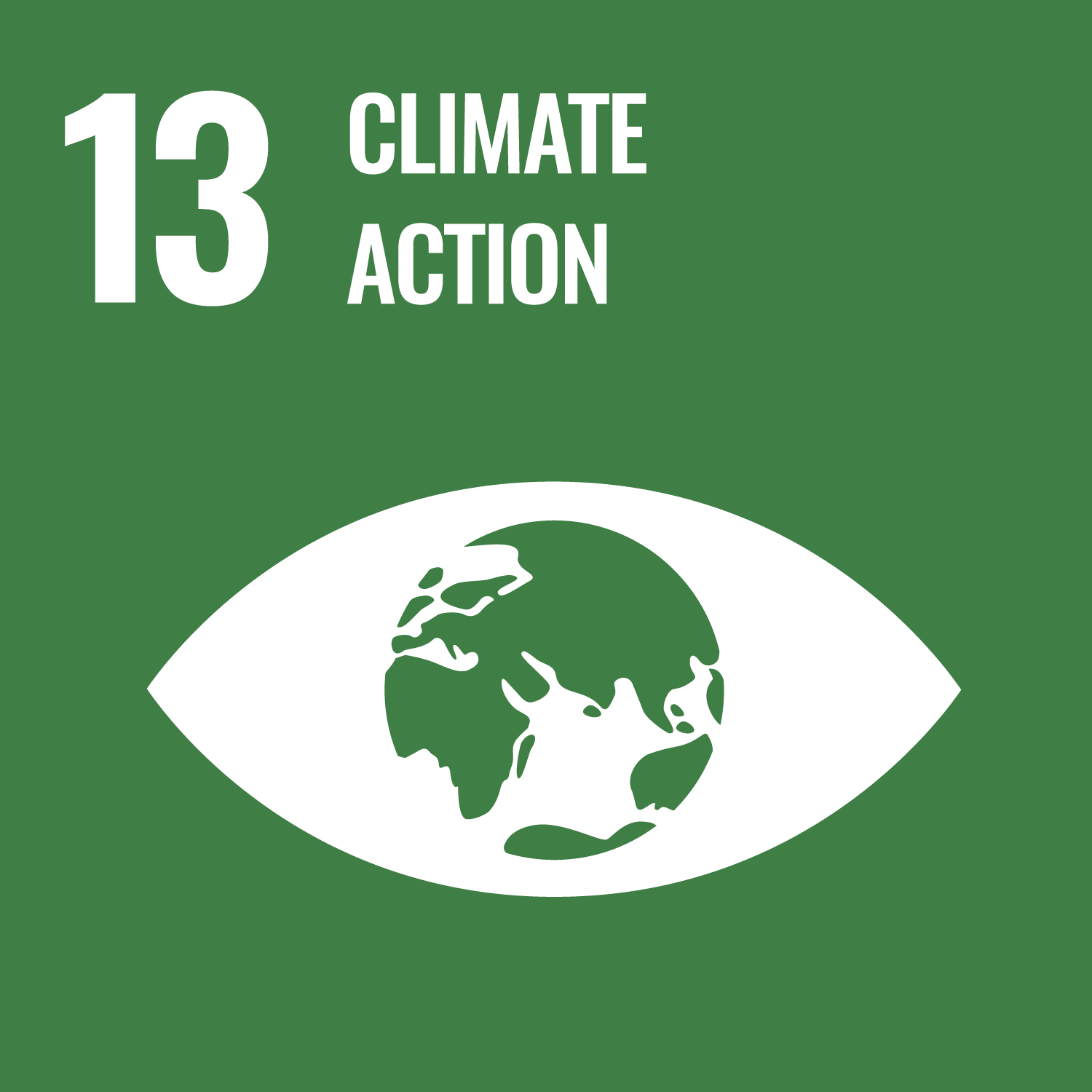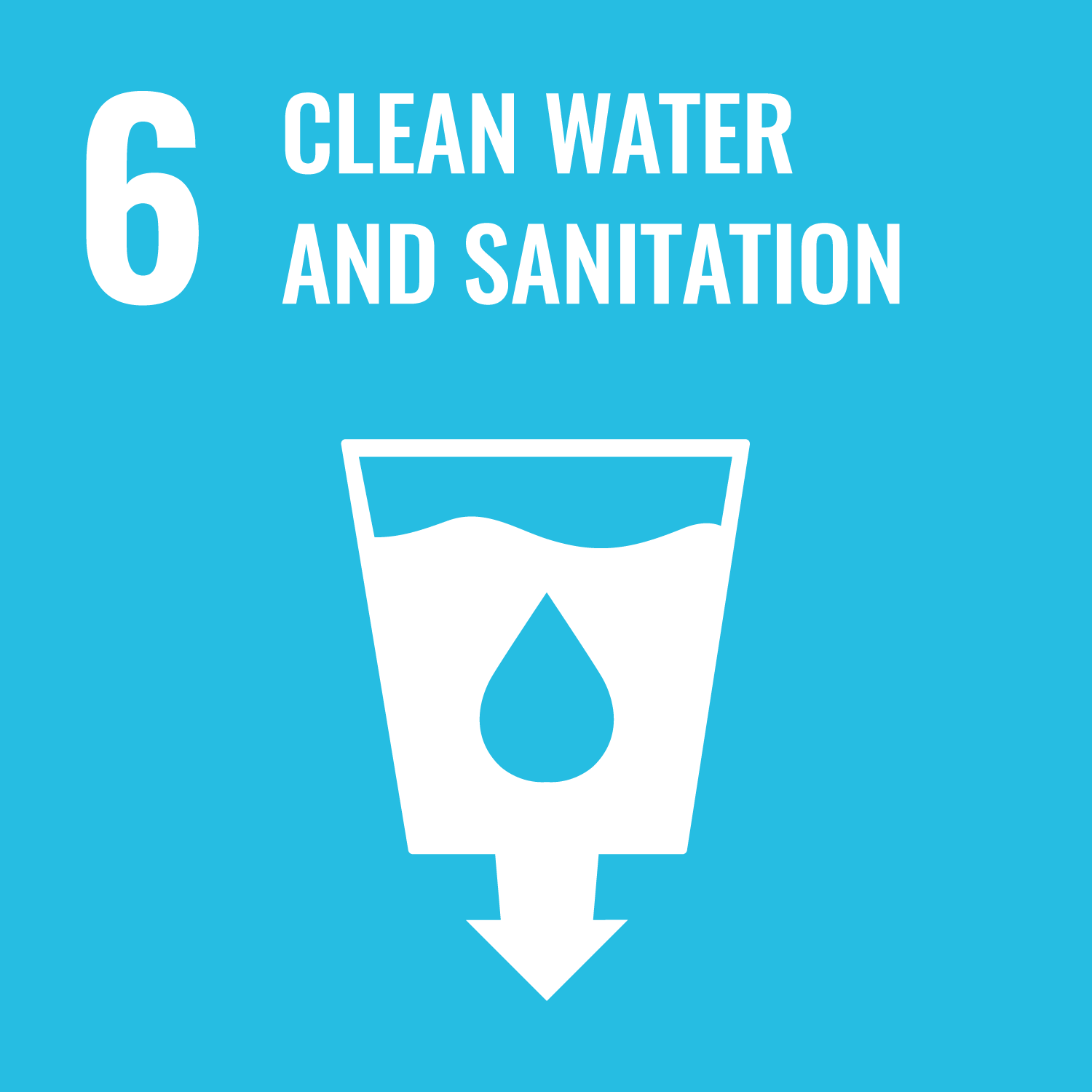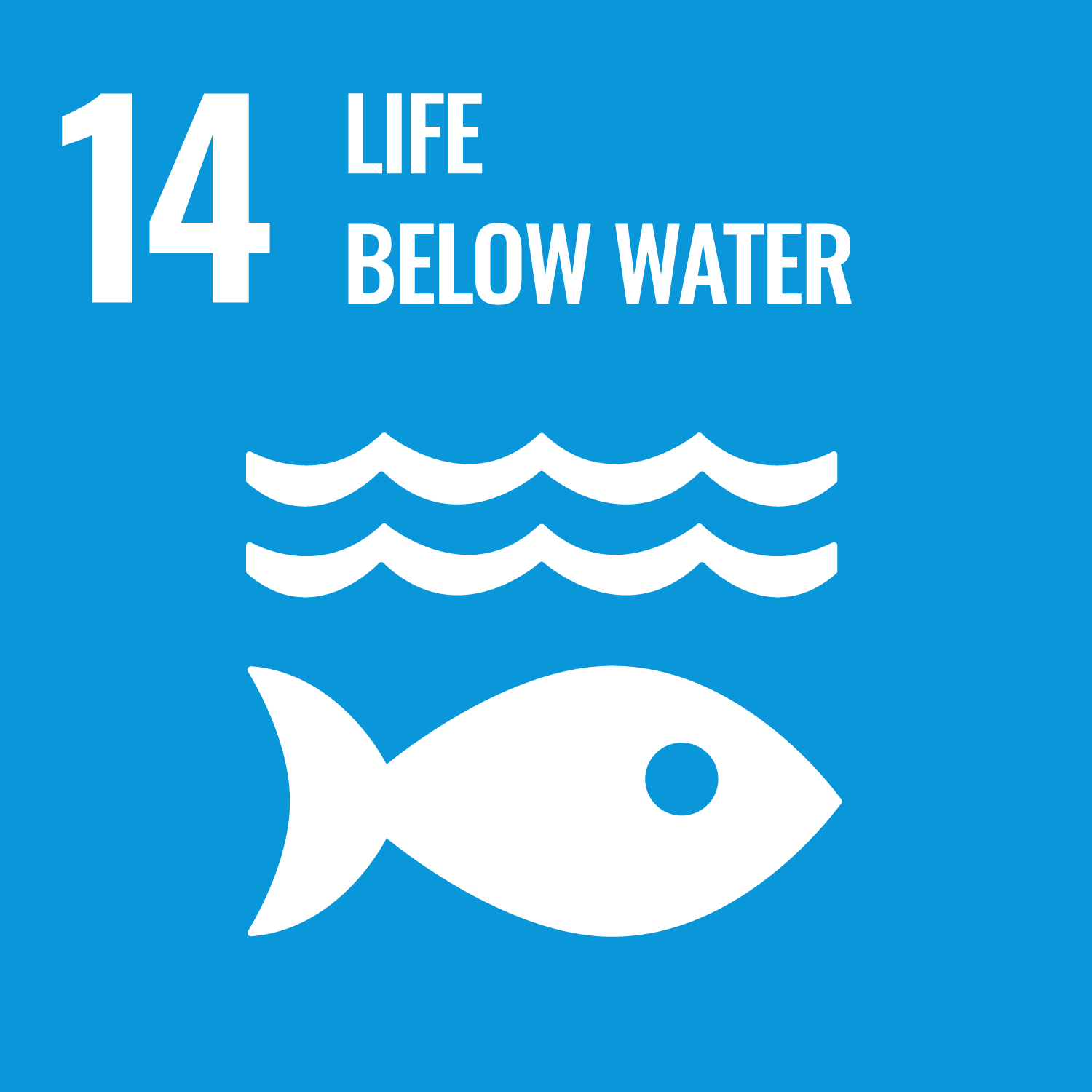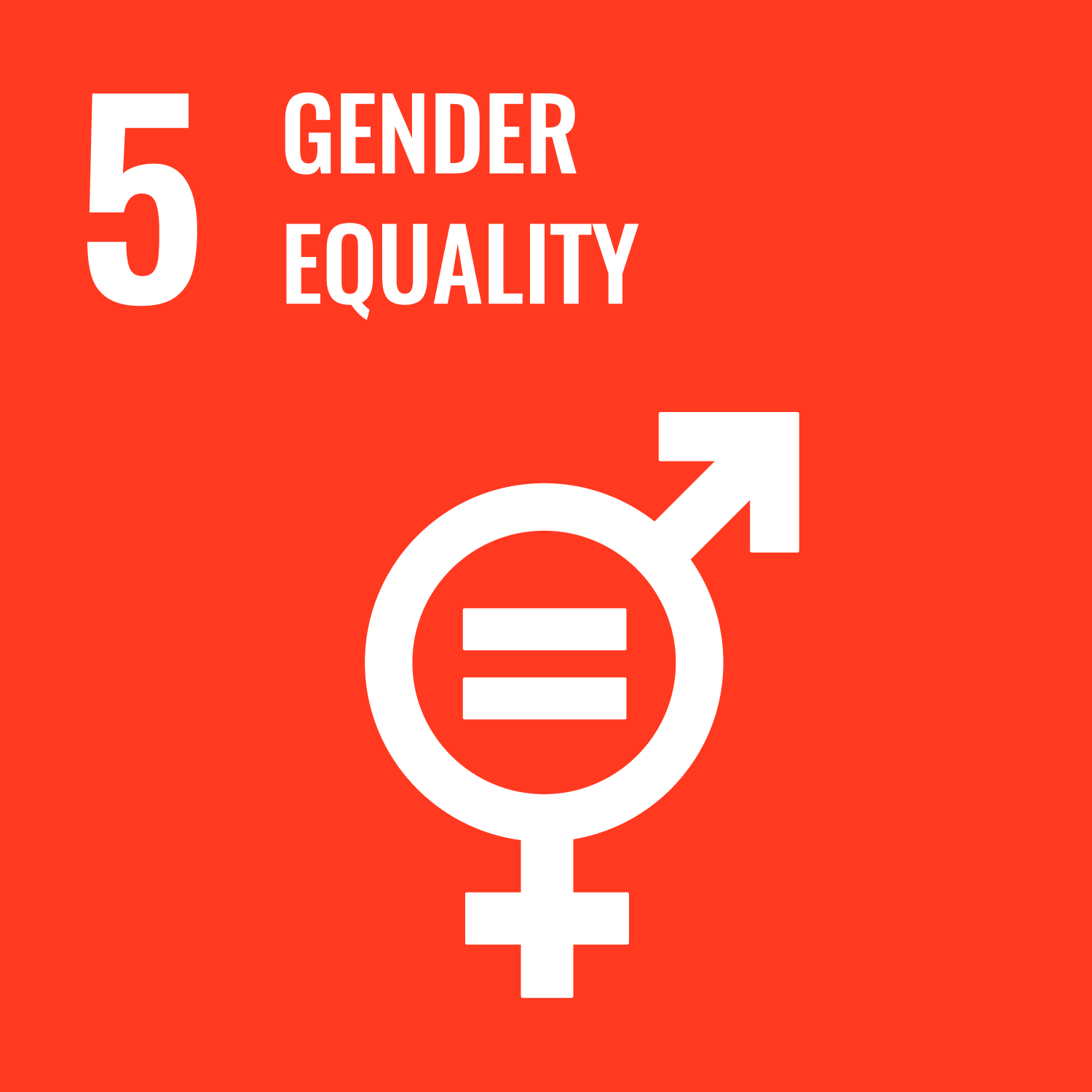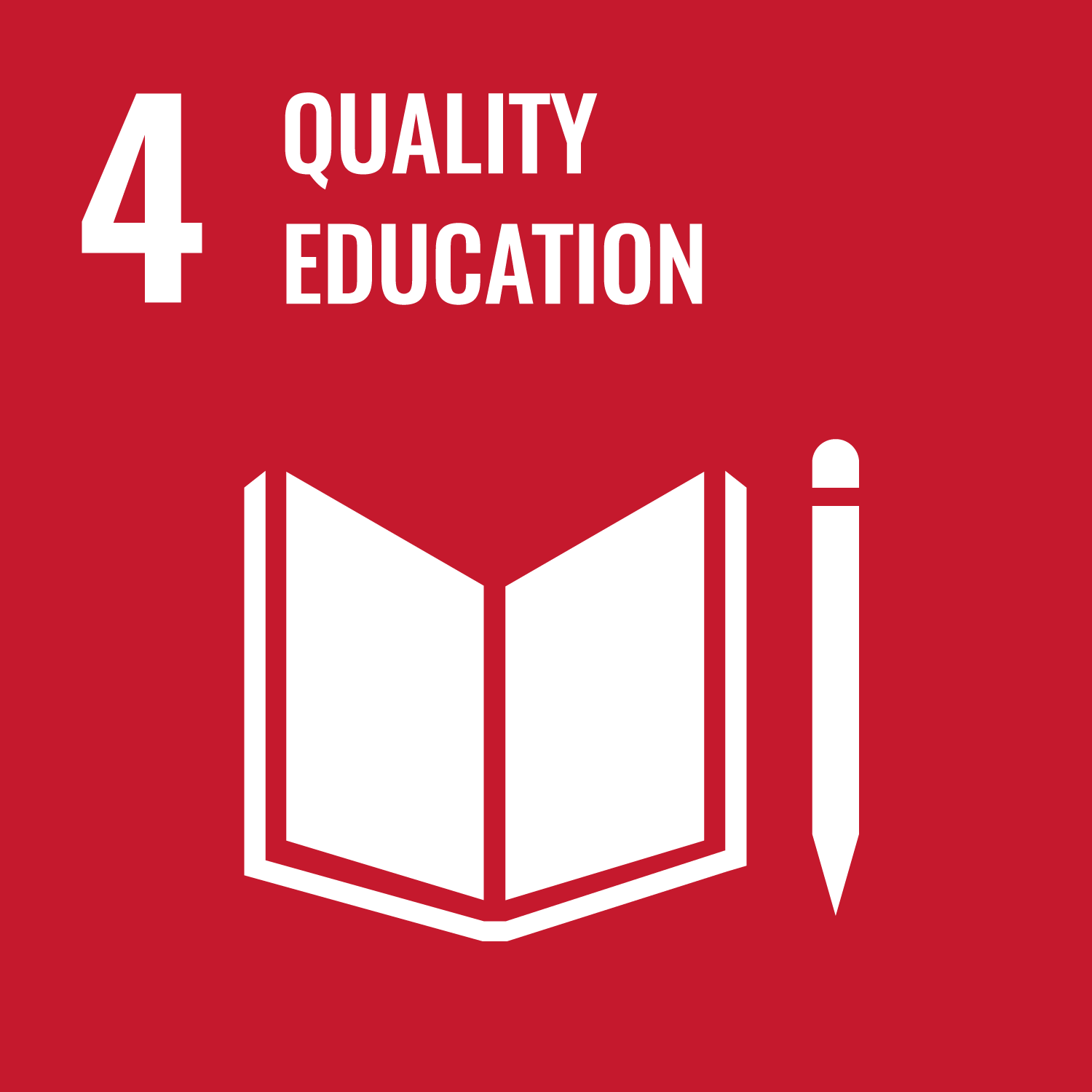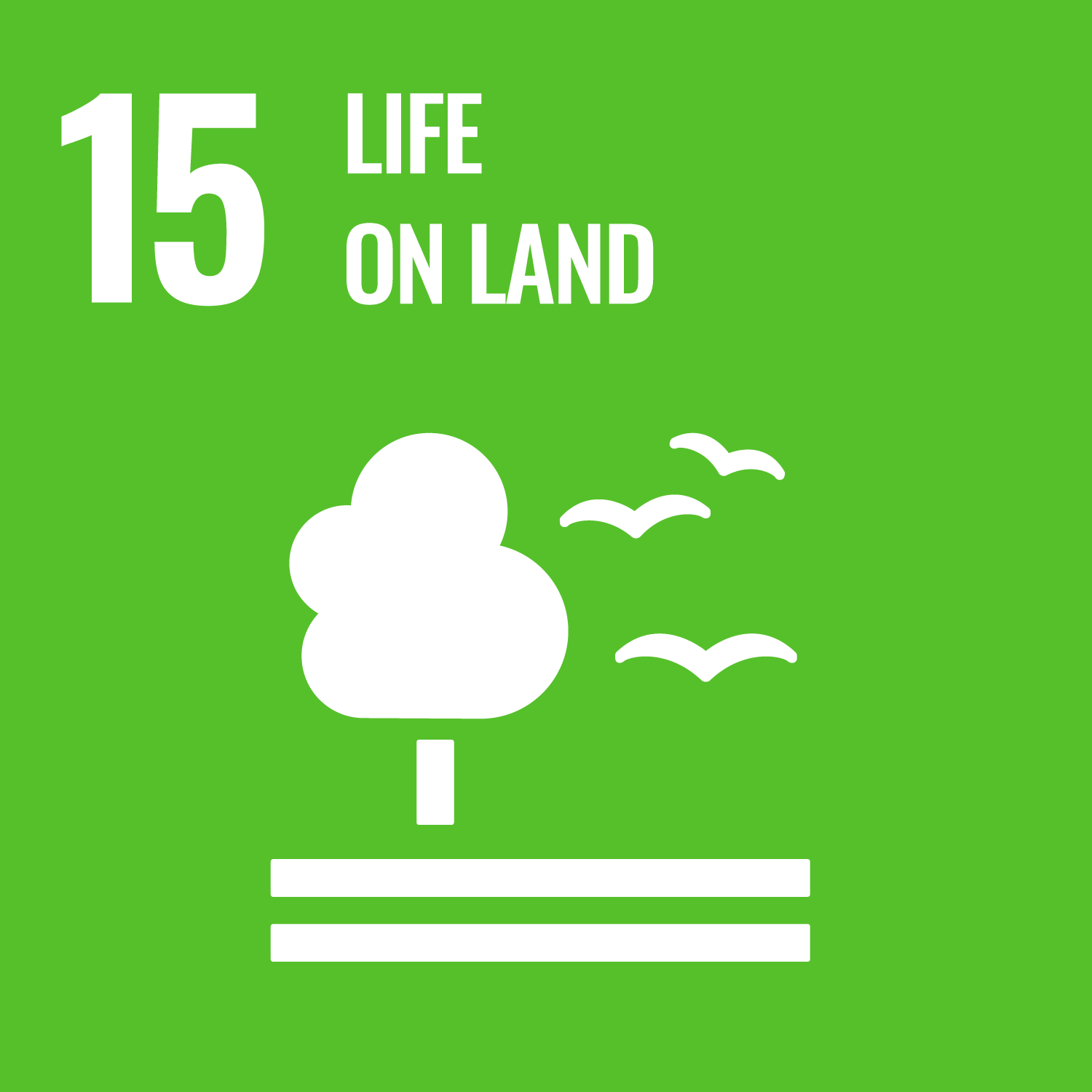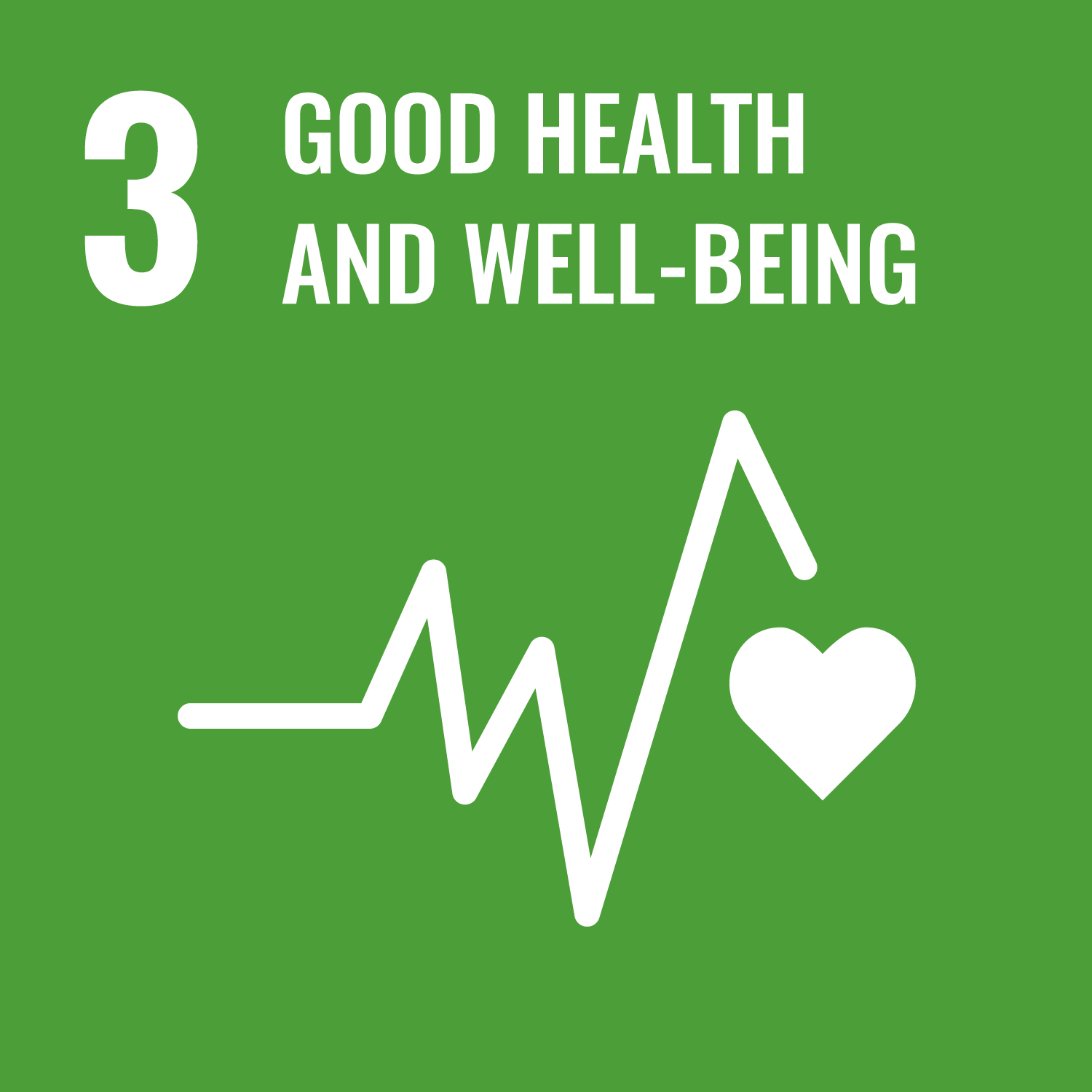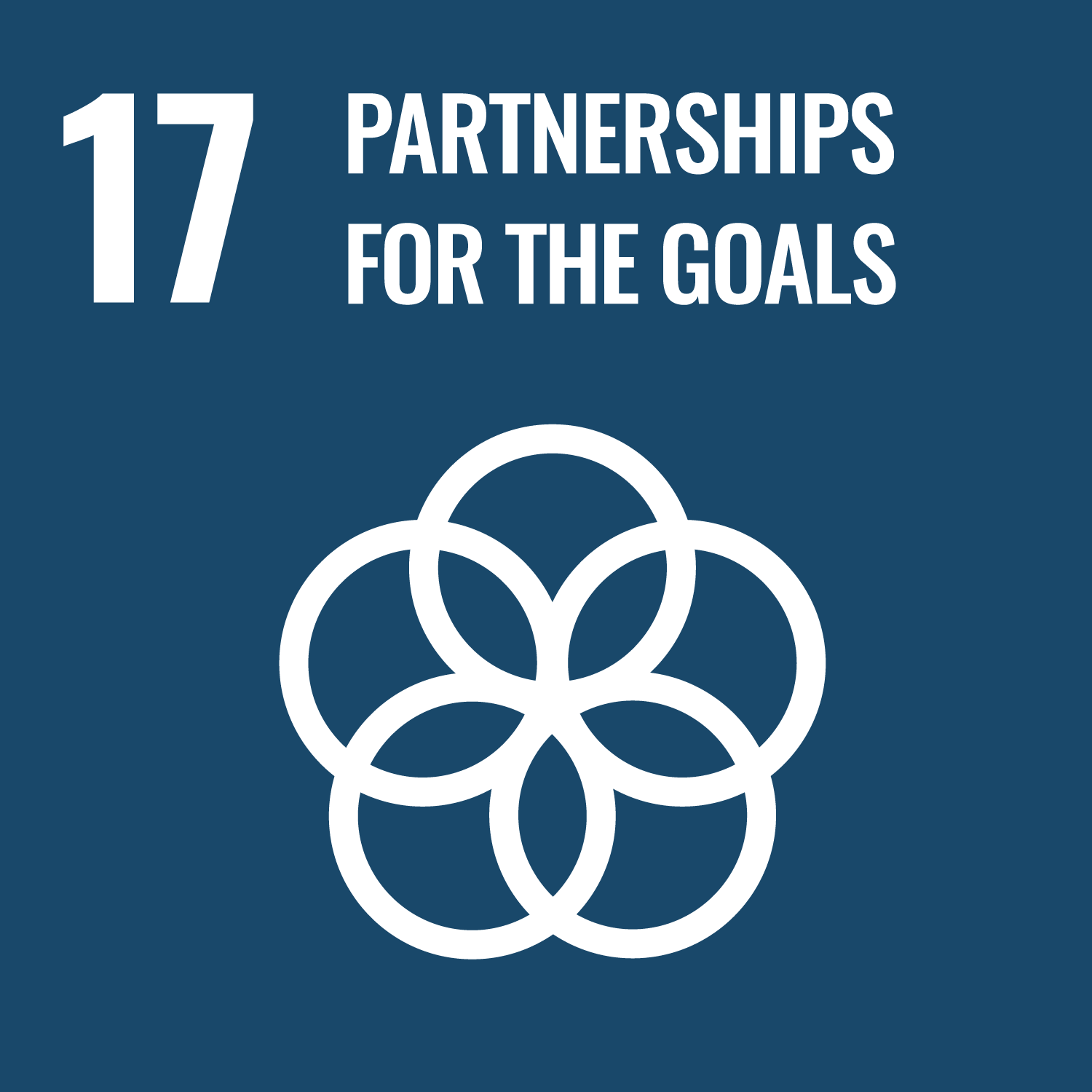This post is also available in:
![]() ไทย
ไทย
Stakeholders Listening
Dialogue Space in the Social Innovation Platform
Solving complex and dynamic problems at the local level cannot be achieved with a single project, but there must be a systematic, connected, and co-operation between the government, civil society and the private sector for maximum efficiency and multiplying results. In the design of the policy or solutions to the problem, it is necessary to listen to stakeholders deeply, open spaces for co-creation, build alliances, and take advantage of the collective impacts.
This stakeholder listening is part of an initiative by the United Nations Development Program (UNDP) in Thailand to drive social innovation platform process to accelerate the achievement progress of Sustainable Development (SDGs) at the local level.
There are many tools for presenting the findings from the listening process. In this SIP we use the “personas” (profiles), who are a simplified representation of people and their main problems and needs that are repeated operating in the southern border province.
The personas/profiles are based on the narrative analysis. They are not merely based on the demographic data or quantitative analysis: they represent unified perception, behavioral and thinking patterns. Also the profiles try to represent the diversity of age, social background and occupation, but the narratives on “farmer” do not solely represent 56-year-old men from Narathiwat, but it can also represent the views of younger or older ones, women, from different regions, etc. Many of them share perceived opportunities and challenges.
Who have we listened to?
Sensemaking
Are these really making sense?
We need your help in validating whether these stories relatable to your communities/context? Which Persona(s)/ stories are most relatable to you? How? It’s only 10 mins of your time with some enjoyable stories to read!
Stakeholder Listening
We wanna listen to your stories
Please share your stories, views, challenges you are facing, and tell us what opportunities hidden under the current food systems in the southern border provinces.
